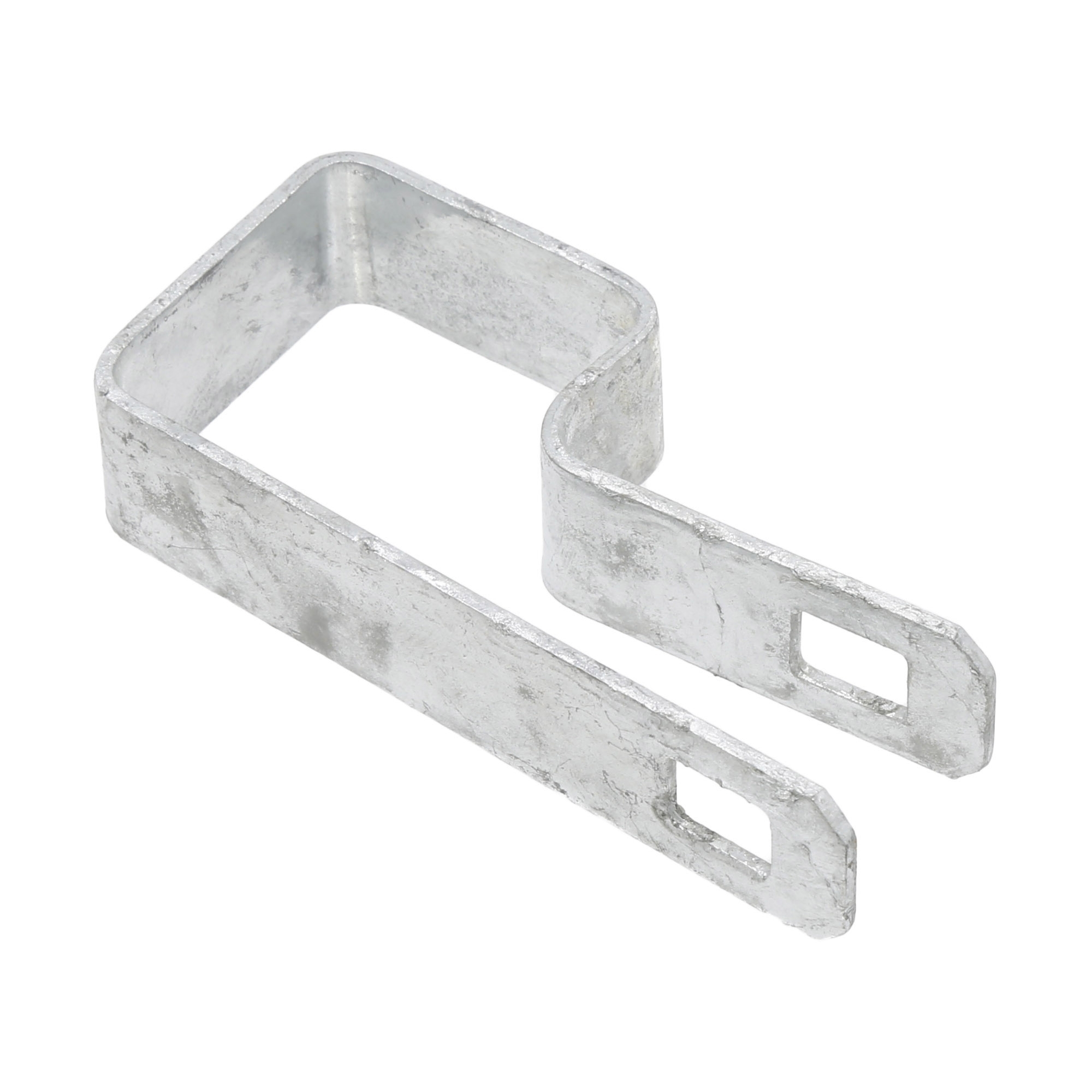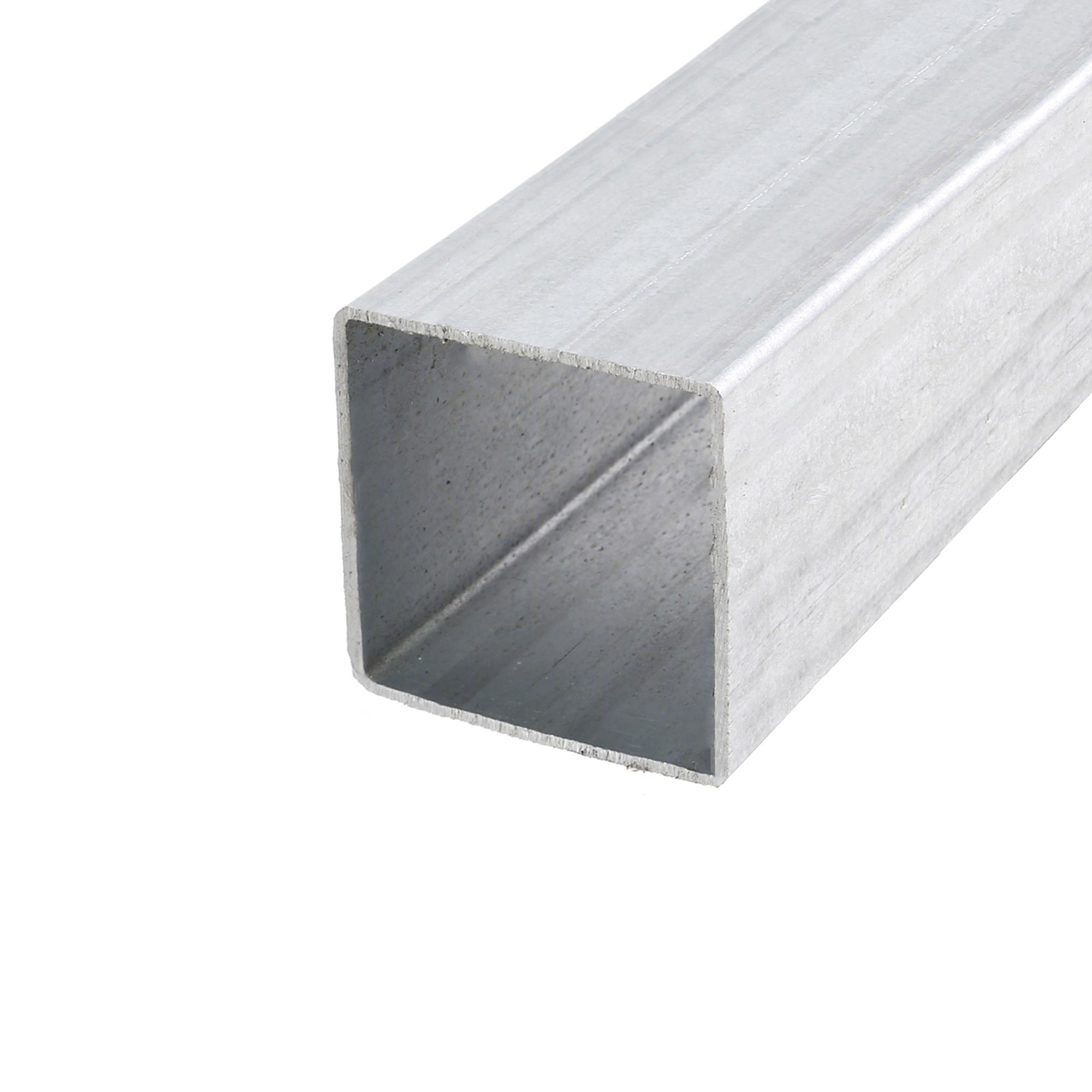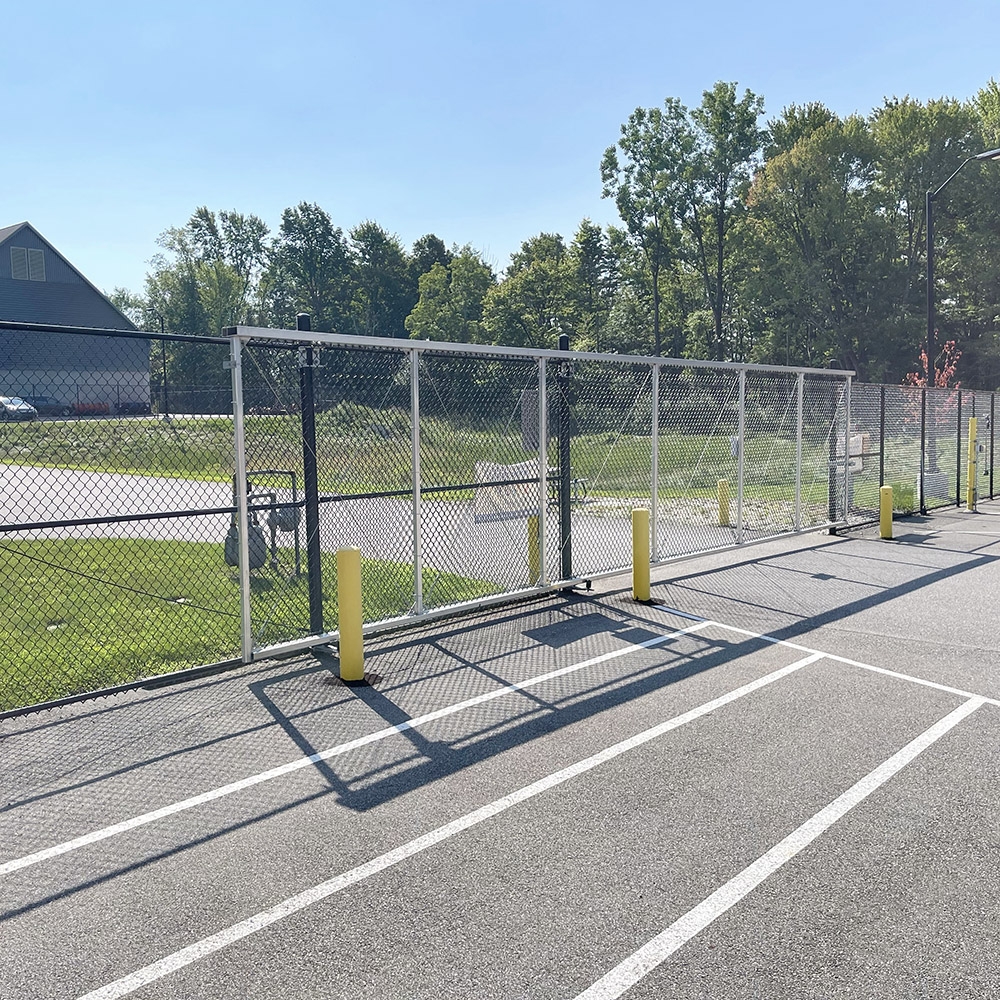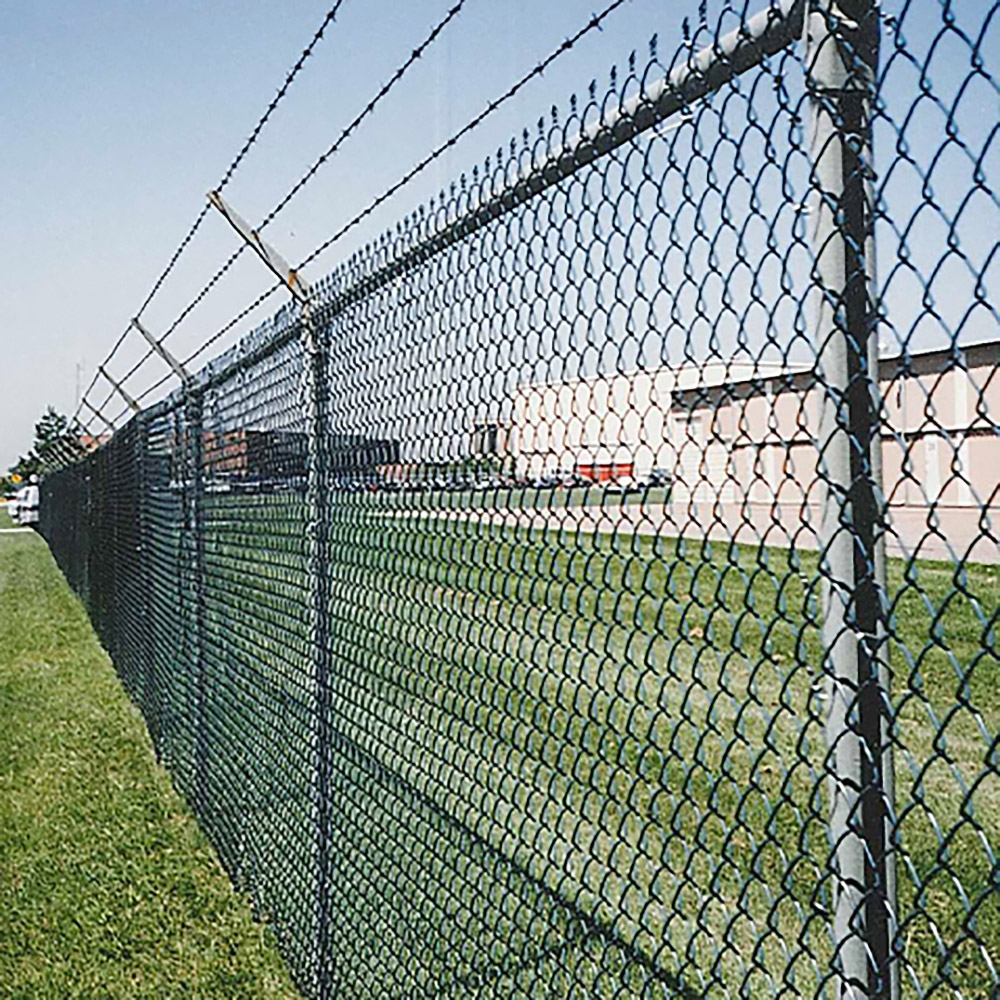Hot-Rolled vs. Cold-Rolled Steel for Fencing: Pros, Cons, and Best Uses
When it comes to building a strong, durable, and long-lasting fence, the type of steel you choose plays a crucial role. Steel fencing is widely used for residential, commercial, and industrial applications due to its strength and longevity. However, not all steel is created equal, hot-rolled and cold-rolled steel each have distinct properties that impact their performance in fencing.
Hot-rolled steel is commonly used for structural fencing due to its affordability and ability to withstand heavy impact, while cold-rolled steel offers a smoother, more refined finish, making it ideal for decorative and precision applications. Understanding the differences between these two types of steel can help you choose the best material for your specific fencing project, whether you need a rugged barrier for security or a sleek, polished fence for aesthetics.
In this guide, we'll break down the differences between hot-rolled and cold-rolled steel, their advantages and drawbacks for fencing, and how to select the best option for your needs.
Hot-Rolled Steel for Fencing
Hot-rolled steel is processed at high temperatures above 1,700°F, making it easier to shape and form into different structures, including fencing components. This type of steel is commonly used for industrial, agricultural, and security fencing where strength and durability are prioritized over precision. Hot-rolled steel is more affordable and can withstand heavy impact, making it an excellent choice for structural fence posts and heavy-duty enclosures. However, it has a rougher surface finish, which may require additional coatings or treatments to prevent rust and corrosion in outdoor environments.
Hot-Rolled Steel Manufacturing Process
- Heating: Steel is heated above 1,700°F to become malleable.
- Rolling: The heated steel is passed through large rollers to shape it into sheets, bars, or tubes.
- Cooling: The steel is left to cool naturally, which can lead to slight shrinkage and less precise dimensions.
- Finishing: The cooled steel may have a scaly surface, which can be removed or coated for better corrosion resistance.
- Cutting & Application: The steel is cut into fencing components like posts, rails, or panels before installation.
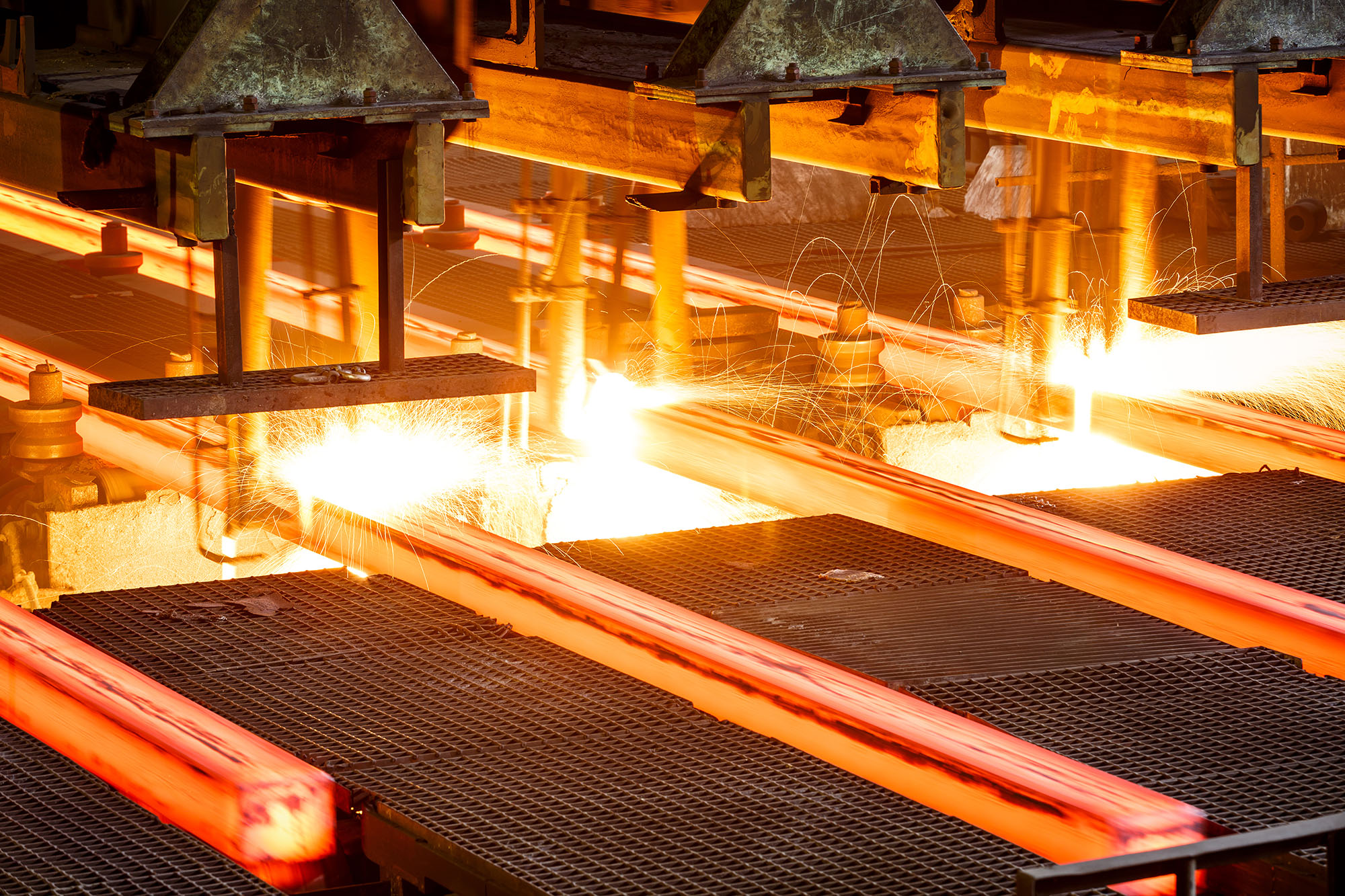
Cold-Rolled Steel for Fencing
Cold-rolled steel is created by further processing hot-rolled steel at room temperature, improving its strength, hardness, and surface quality. This makes it an ideal choice for fencing projects where a smooth, polished appearance is desired, such as residential or ornamental fences. Cold-rolled steel offers greater precision, making it easier to work with when fabricating custom fence panels or decorative elements. However, it is typically more expensive than hot-rolled steel and may require additional protective coatings to enhance its corrosion resistance in outdoor applications.
Cold-Rolled Steel Manufacturing Process
- Initial Hot-Rolling: The steel is first processed using the hot-rolling method.
- Cooling: The hot-rolled steel is cooled completely before the next stage.
- Re-Rolling at Room Temperature: The cooled steel is rolled again without heat, which improves its strength and precision.
- Surface Treatment: The steel undergoes processes such as pickling (acid bath) to remove scale and enhance the surface finish.
- Cutting & Application: The finished steel is cut into precise fencing components, often used for decorative or high-end installations.
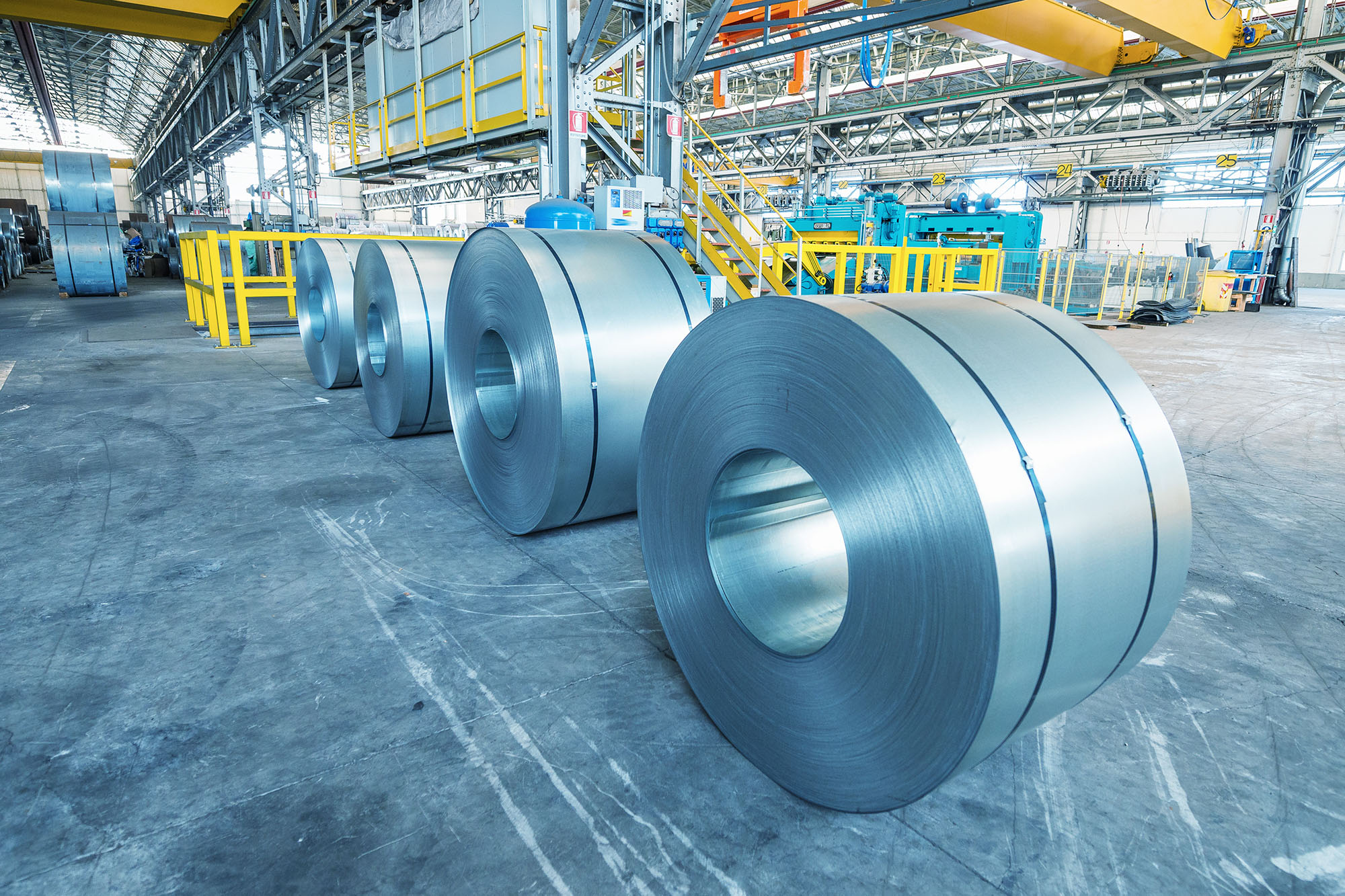
Comparison Table: Hot-Rolled vs. Cold-Rolled Steel for Fencing
| Feature | Hot-Rolled Steel | Cold-Rolled Steel |
|---|---|---|
| Processing Temperature | Steel is heated above 1,700°F to make it malleable. This high temperature allows it to be shaped easily but can lead to shrinkage during cooling, causing slight inconsistencies in size and shape. | Processed at room temperature after being initially hot-rolled. This extra step enhances its strength, hardness, and precision while preventing the shrinkage that occurs with hot rolling. |
| Surface Finish | Rough, scaly texture due to oxidation during the high-temperature rolling process. The surface may have irregularities, making it less visually appealing for decorative fencing. | Smooth, polished, and free from scale. The refined surface makes it ideal for applications where aesthetics matter, such as ornamental fencing or high-end residential fences. |
| Dimensional Precision | Less precise because the steel shrinks as it cools after rolling. This can result in slightly uneven edges, requiring additional processing if exact measurements are needed. | Highly precise due to controlled rolling at room temperature. This ensures uniform dimensions, making it suitable for fencing that requires exact fittings and seamless alignment. |
| Strength | Strong and durable, making it a good choice for heavy-duty fencing applications. However, it is not as hard as cold-rolled steel, which may lead to slight deformations under extreme pressure. | Stronger and harder than hot-rolled steel due to the added cold-rolling process. Offers better resistance to bending and impacts, making it ideal for fences that need extra durability. |
| Corrosion Resistance | Prone to rust because of the rough surface, which can trap moisture. Often requires coatings like paint, galvanization, or powder coating for long-term outdoor use. | More resistant to corrosion due to its smooth surface, which reduces moisture retention. However, it still benefits from protective coatings, especially in humid or coastal environments. |
| Weather Resistance | Can handle outdoor conditions well, but the rough surface makes it more susceptible to rust over time. Suitable for industrial and agricultural fencing where aesthetics are not a major concern. | Better weather resistance due to its denser structure. Ideal for fencing in residential areas where long-term durability and visual appeal are important. |
| Weldability | Easy to weld due to its softer composition. Commonly used for welding structural components of fences, gates, and enclosures. | More difficult to weld due to its higher hardness. Requires specialized techniques and equipment for clean welds without compromising material integrity. |
| Ease of Fabrication | Easy to cut, bend, and shape, making it a good choice for large-scale fencing projects. However, it may require additional grinding or smoothing for precise fits. | More challenging to bend or reshape due to its increased hardness. Works best in pre-measured and pre-designed fencing where minimal adjustments are needed. |
| Flexibility | More flexible and can absorb impact well, making it suitable for high-traffic areas or fencing that might experience physical force (e.g., livestock enclosures). | Less flexible but more rigid and resistant to deformation, making it ideal for security fencing and decorative panels that need to maintain their shape. |
| Best Uses in Fencing | Commonly used for security fencing, industrial barriers, heavy-duty posts, and livestock enclosures where strength and impact resistance are required. | Best suited for decorative fencing, residential fencing, custom metalwork, and high-end installations where precision and a refined look are priorities. |
| Cost | More affordable due to simpler processing and high availability. Ideal for budget-conscious fencing projects that require durability but don't need a refined surface. | More expensive because of the additional processing and enhanced properties. Justified for applications where strength, precision, and aesthetics are important. |
How to Choose the Best Steel for Your Fencing Project
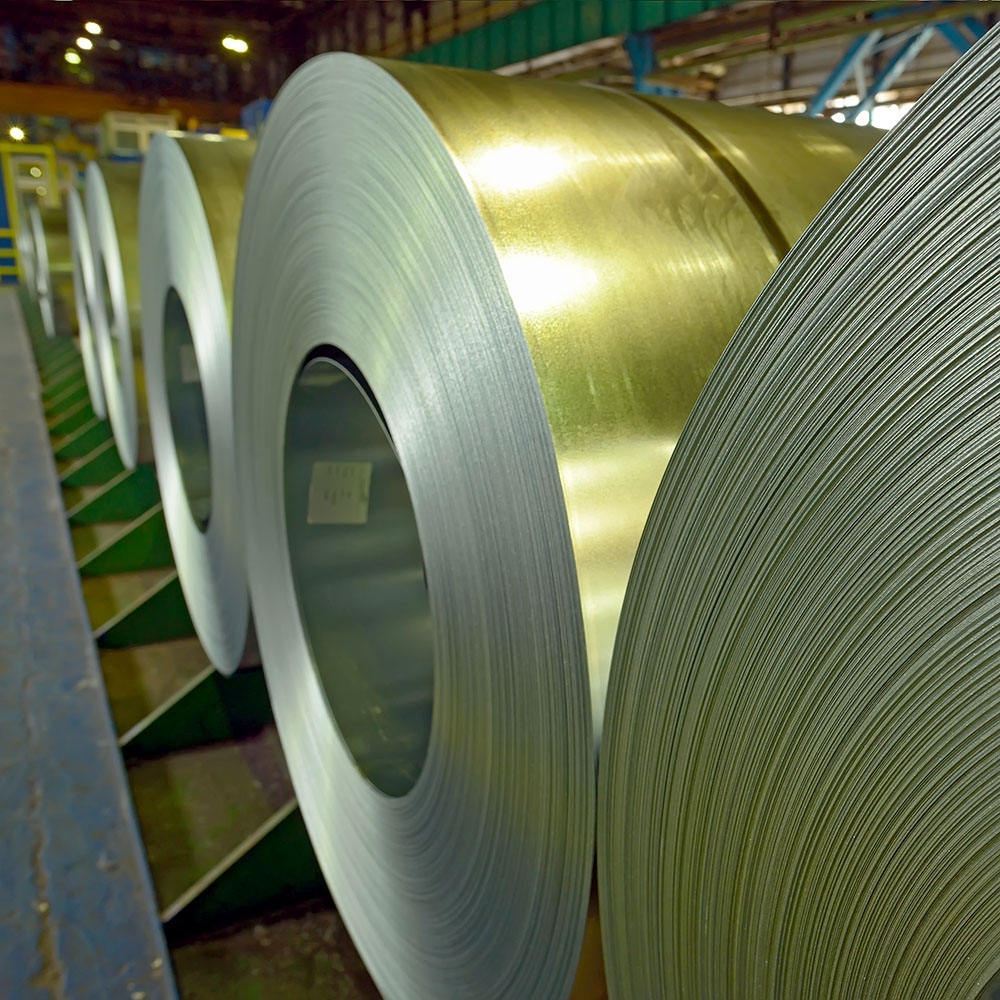
Selecting the right steel for your fence depends on a few key factors, by considering these factors, you can choose the steel that best fits your fencing needs, whether for security, aesthetics, or durability.
Budget & Cost
If cost is a major factor, opt for a steel type that balances affordability with durability. Some steels are more budget-friendly but may require additional coatings or treatments to extend their lifespan.
Climate & Weather Resistance
Consider the environment where the fence will be installed. Smooth-finished steel holds up better in humid or coastal areas, while rougher steel may need extra protective coatings to prevent rust in wet conditions.
Appearance vs. Functionality
For projects where aesthetics matter, choose a steel with a refined, polished finish. If the priority is strength and durability, a more rugged steel with high impact resistance will be a better fit.
Installation & Welding
If your fence requires on-site fabrication, pick a steel that is easier to cut, bend, and weld. Some steels are naturally more flexible, while others require specialized tools for shaping and installation.
How to Identify Each Type of Steel
- Look & Feel: Smooth, uniform steel is precision-rolled, while rougher steel with scale marks has been heat-treated.
- Edges & Shape: Precise, clean edges indicate a highly processed material, whereas slightly rounded or irregular edges suggest minimal post-processing.
- Strength & Flexibility: Some steels are harder and more rigid, while others have slight give, making them more impact-resistant.
The best steel for your fence depends on its purpose, environment, and budget. Choose a steel that balances strength, appearance, and ease of installation. If aesthetics and precision matter, a refined, smooth steel is ideal. If durability and cost are priorities, a more rugged, impact-resistant steel will get the job done.
If you have more questions, call our sales team for expert advice or explore more articles in our Resources Hub to learn more about steel options for your fencing needs.

